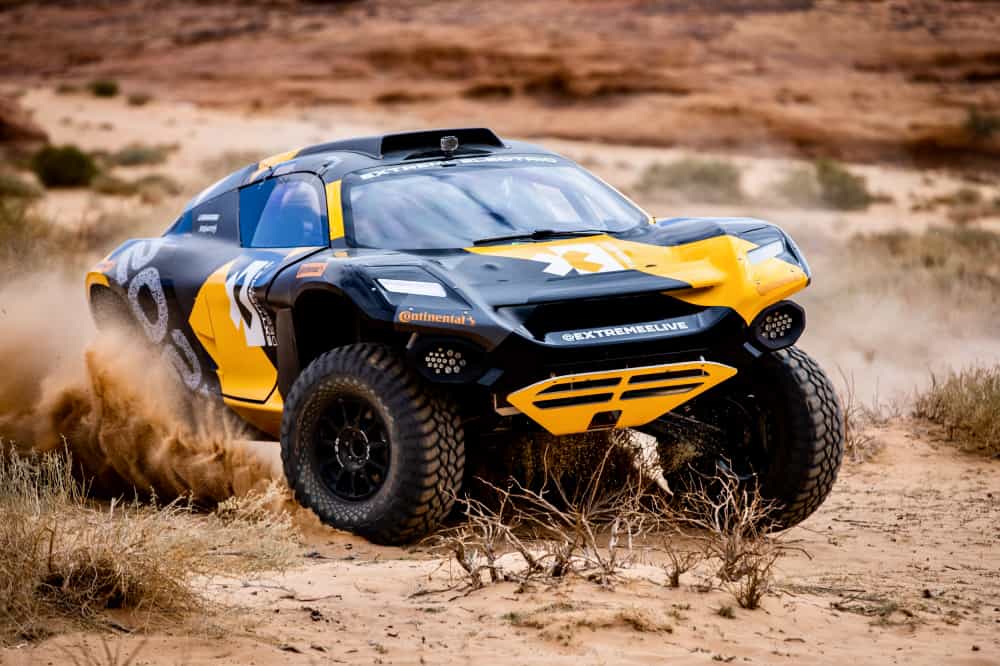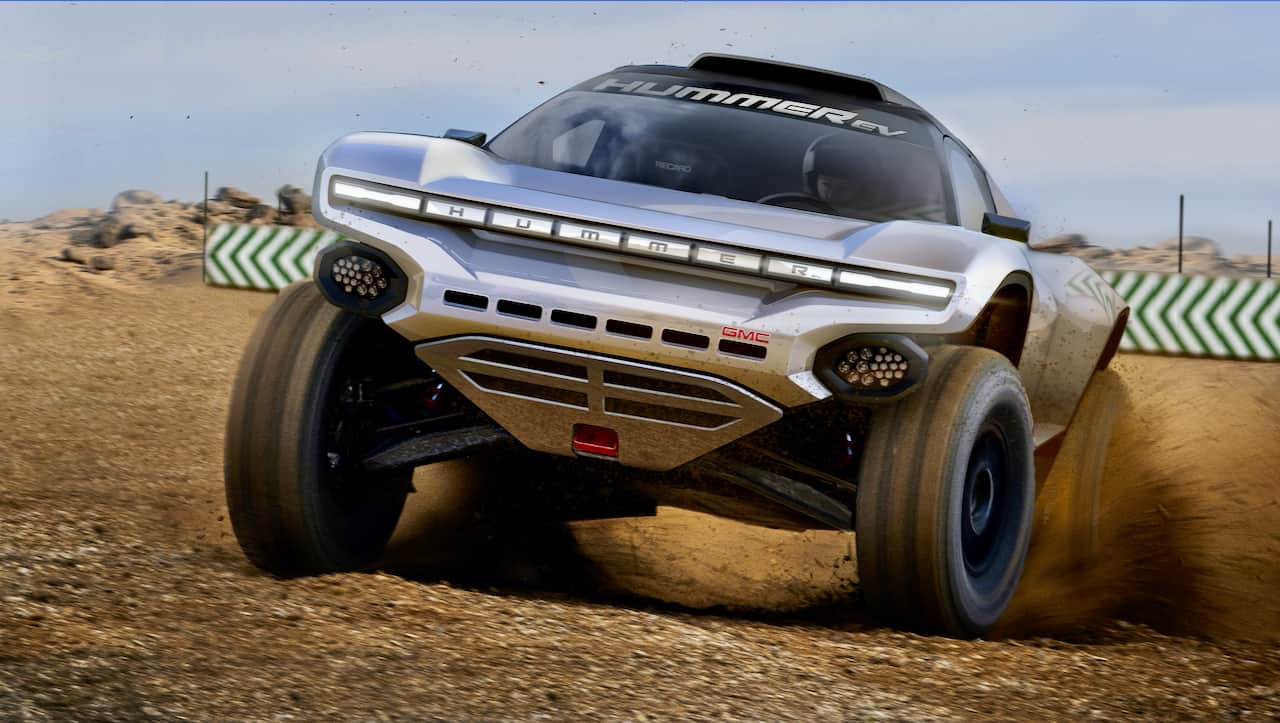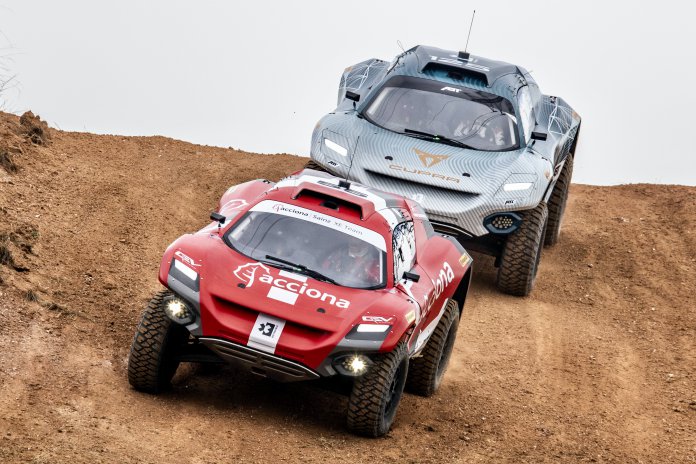It wasn’t slick marketing campaigns or some exotic and newfound rate of travel, not even the electric starter or air conditioning, or even in-vehicle entertainment systems that popularized the fledging motorcar more than a century ago.
It was the environment and concern for human health that enabled the car to replace the horse as the transport vehicle of choice for moving people and cargo.
Urban areas faced major health crises as horse manure and urine turned roadways into open sewers, mixing to form a sticky gunk to be tracked into people’s homes and places of business. When the mess in the streets dried, it became dust that was inhaled. People were sick and dying. And so were the horses.
It wasn’t enough that in 1900 in New York City, horses were leaving behind 2.5 million pounds of manure and 60,000 gallons of urine every day. And 15,000 horses a year were dying on New York streets, and those carcasses had to be dealt with.
Think banning certain transportation devices is a new idea? Think again. New York City officials considered banning horses and did a study that revealed that not doing so was costing $100 million a year.

Riding to the rescue was the newfangled motor car, seen as a much cleaner way to move people and product. Of course, the motorcar had to prove its worth, so there were well-publicized long-distance durability drives and even races in which various automakers sought to prove their products to be superior.
And here, more than a century later, we go again, except this time it is the motorcar itself that is seen as a health hazard, and not only from the emission from its engines but from the inattention of its drivers.
This time, riding to the rescue are electric batteries and motors, and even, we’re told, cars that will drive themselves and that will be programmed not to crash.
Of course, such vehicles need to prove their practicality, so here we go yet again, with a need for long-distance durability drives and even races to prove the technology.
The Formula E racing series for electric-powered F1-style cars launched in 2014 and in its first six seasons has been won four times by the French — Renault and DS — and once by Audi from the VW Group.

For the 2021 season, Formula E begets Extreme E, which will take electric-powered vehicles far from pavement with races in Saudi Arabia (season opens April 3-4), Senegal, Greenland, Brazil and Argentina (season closer December 11-12). The races will have themes — Desert, Ocean, Arctic, Amazon and Glacier — each designed to draw attention to environmental impact and sustainability.
In another twist, each team will have a male and female driver.
To date, 10 teams have signed on. They are from Indonesia, Germany, Spain, the UK and the US. Not only do Michael Andretti and Chip Ganassi have teams, but so do Lewis Hamilton, Nico Rosberg and Jenson Button, and so does former rally champion Carlos Sainz. Hispano Suiza has a team and GM’s Hummer brand has affiliated with Ganassi’s entry.

Andretti and Ganassi gained fame racing at Indy, and earlier this month the Indianapolis Motor Speedway announced the Indy Autonomous Challenge, to be held in October 2021 with teams of college students writing the software to enable driverless cars to compete for 20 laps around the famed Brickyard.
Among the goals are the development of future automotive engineers who will create vehicles that can drive themselves cleanly, safely and at high speeds.

Back in 1911, the big technological breakthrough at the inaugural Indy 500 was race-winner Ray Harroun’s use of a rearview mirror. Now, we’re in the midst of a second automotive revolution, this time with true motorcars — vehicles empowered by electric motors rather than liquid-fueled engines — driving us into the future.






Maybe the problem has always been city living. It is unsafe and unhealthy. Food for thought.
Can’t argue with that logic.